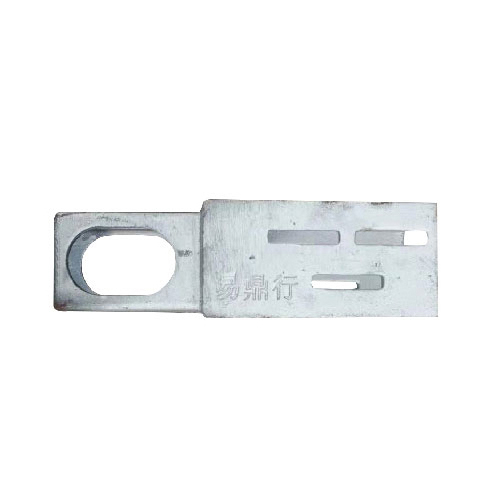
Exploring Level Beam Timber for Structural Excellence and Design Flexibility
The Benefits and Applications of LVL Beams in Timber Construction
Laminated Veneer Lumber (LVL) has become an increasingly popular building material in modern construction, particularly in timber-framed structures. As energy efficiency and sustainability continue to drive innovation in the construction industry, LVL beams stand out for their strength, versatility, and environmental benefits. This article explores the characteristics, advantages, applications, and future prospects of LVL beams in the realm of timber construction.
What is LVL?
Laminated Veneer Lumber is an engineered wood product made from thin sheets of wood veneer that are bonded together with adhesives. The process involves layering the veneers in a specific orientation, which enhances the mechanical properties of the final product. The result is a high-performance material with consistent strength and stability, outweighing many traditional solid wood options.
Strength and Reliability
One of the most significant advantages of LVL beams is their exceptional strength-to-weight ratio. Due to the way they are manufactured, LVL beams exhibit uniform strength characteristics, meaning they can bear loads that traditional timber may not be able to support. This reliability makes them ideal for various structural applications, including beams, headers, and joists. Additionally, they undergo stringent testing to ensure they meet performance standards, giving builders confidence in their structural integrity.
Design Flexibility
LVL is incredibly versatile and can be manufactured to various lengths and widths, making it suitable for a wide range of construction projects. This flexibility allows architects and engineers to incorporate innovative designs without fear of compromising structural integrity. LVL beams can be used in both residential and commercial applications, from homes to large commercial buildings and bridges.
Sustainable Building Material
In an era where sustainability is a priority for many builders and developers, LVL beams present an environmentally friendly option. They are typically made from fast-growing tree species, which can be harvested responsibly and sustainably. Furthermore, the manufacturing process of LVL generates less waste compared to traditional lumber production. The use of adhesives in LVL construction also means fewer resources are consumed overall, making it a more sustainable alternative to solid wood products.
lvl beam timber

Cost-Effectiveness
While the initial cost of LVL beams may be higher than conventional timber, their benefits often lead to long-term savings. Because of their strength, fewer LVL beams may be required for a project compared to solid timber, reducing material costs. Additionally, their durability and resistance to warping, splitting, or shrinking diminish maintenance costs over time, thus providing an overall cost-effective solution.
Applications in Construction
LVL beams are widely used in various construction applications. They serve as supporting structures in residential homes, commercial buildings, and industrial facilities. In particular, they are commonly used for flooring systems, roof rafters, and as headers above doors and windows due to their load-bearing capacity. Architects frequently utilize LVL in designs that emphasize open spaces and expansive ceilings, as LVL beams can span larger distances without the need for support columns.
Moreover, LVL is also employed in prefabricated building systems, which streamline construction timelines. This prefabrication can lead to a significant reduction in on-site labor costs and construction waste, enhancing project efficiency.
The Future of LVL in Timber Construction
As the construction industry continues to evolve, the demand for sustainable, high-performance materials will undoubtedly rise. LVL beams are well-positioned to meet this demand. Innovations in manufacturing techniques and adhesive technology may further improve the strength and functionalities of LVL products, expanding their application horizons.
Moreover, the integration of smart technologies and digital fabrication processes may lead to even more efficient uses of LVL in smart homes and intelligent building systems. As sustainability becomes a paramount concern for future generations, the role of LVL beams in reducing the environmental impact of construction will only grow.
Conclusion
In conclusion, LVL beams represent a significant advancement in timber construction. Their strength, versatility, and sustainability set them apart from traditional building materials, making them a preferred choice for modern construction projects. As the industry embraces eco-friendly practices and innovative designs, LVL beams are poised to play an integral role in shaping the future of timber architecture. Whether for residential or commercial applications, LVL stands as a testament to the potential of engineered wood products in building a sustainable future.
-
Stainless Steel Keel: Analysis of the Triple Advantages of Rigidity, Stability, and LightweightNewsJun.19,2025
-
New Building Scaffolding System: Technological Innovation and Application Prospects of ScaffoldingNewsJun.19,2025
-
Double Diameter 48 Round Pipe Construction Method Using Light Steel Keel Knife Instead of Traditional Reinforcement ApplicationNewsJun.19,2025
-
Bar Tie Reinforcement: Quality Assurance and Reinforcement Efficiency EnhancementNewsJun.19,2025
-
Application of Square Column Reinforcement in Wall and Top StructureNewsJun.19,2025
-
Activo Scaffolding: Effective Development Practice Based on Reasonable Template Design and Supporting System ConfigurationNewsJun.19,2025
-
Optimizing Structures with Square Column ReinforcementNewsJun.10,2025










